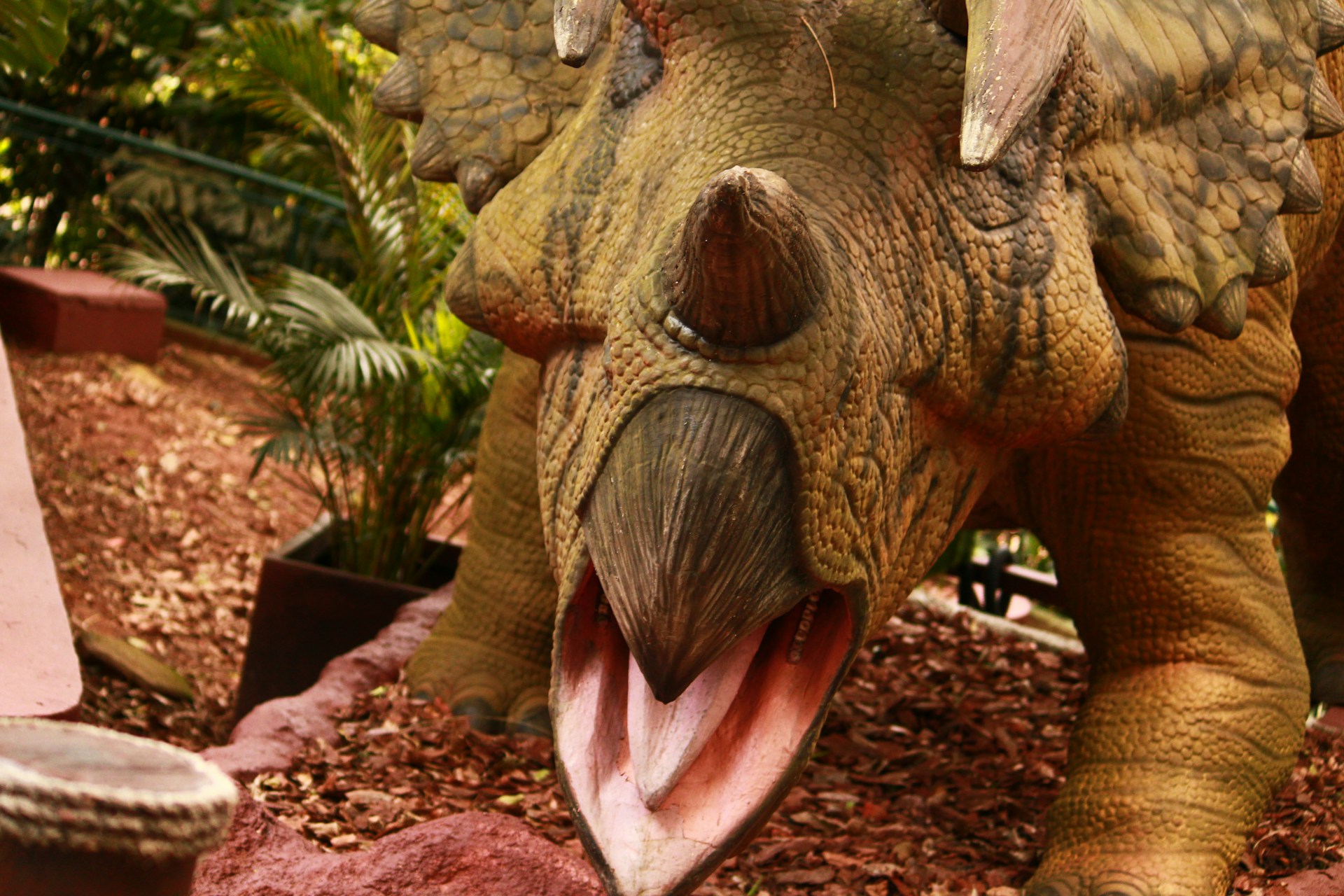Recent paleontological discoveries are shedding new light on the incredible and often terrifying creatures that once roamed our planet. From a dinosaur-hunting crocodile in Patagonia to a tank-like armored herbivore in North Africa, these findings are reshaping our understanding of prehistoric ecosystems.
Patagonia’s Dinosaur-Hunting Crocodile
About 70 million years ago, during the final days of the dinosaurs, a fearsome crocodile relative stalked the floodplains of what is now southern Patagonia. This newly discovered species, named Kostensuchus atrox, was a formidable apex predator capable of taking down mid-sized dinosaurs.
“Its large teeth had serrated edges like a steak knife, which is a strong signal that this animal could tear through muscle and bone, likely hunting small to medium-sized dinosaurs or other large prey,” said Diego Pol of the National Council for Scientific and Technical Research in Buenos Aires, Argentina.
The fossil of Kostensuchus atrox, including a well-preserved skull and parts of its skeleton, was discovered in March 2020. Researchers estimate the creature was about 11.5 feet (3.5 meters) long and weighed around 550 pounds (250 kilograms). As a hypercarnivore, its diet consisted almost entirely of meat. Pol, who is also a National Geographic Explorer, noted that with its massive jaw muscles and teeth comparable to those of a T. rex, Kostensuchus “could have crushed you in half with a single bite.”
Built for Life on Land
Unlike modern crocodiles with their long, flat snouts, Kostensuchus possessed a tall, wide, and incredibly robust skull. Its limbs were also more elongated, suggesting it was more agile on land than its modern counterparts. This anatomy points to a creature that was a skilled terrestrial hunter.
Further evidence for its land-based lifestyle is the placement of its nostrils at the front of its snout, rather than on top of its skull like in water-dwelling crocs. Its powerful jaws were equipped with over 50 sharp, serrated teeth, some exceeding two inches in length, designed not just for gripping but for slicing through flesh.
“The back end of its lower jaw indicates it had massive jaw-closing muscles and one of the strongest bites in its ecosystem,” Pol concluded. “These features help us place it as a top predator, coexisting with large meat-eating dinosaurs.”
Kostensuchus atrox belongs to an extinct family of crocodyliforms known as peirosaurids—distant relatives, but not direct ancestors, of modern alligators and crocodiles. This group did not survive the mass extinction event 66 million years ago that wiped out the non-avian dinosaurs. Its discovery so far south provides new clues that these creatures could thrive in high-latitude regions.
The ‘Tank’ of the Jurassic: An Armored Dinosaur
Meanwhile, in a different part of the world and from a much earlier era, another incredible creature was defending itself from predators. Paleontologists in North Africa have unearthed Spicomellus afer, the oldest known ankylosaur, a group of plant-eating dinosaurs famous for their body armor. This unique animal lived around 165 million years ago and looked like a walking tank.
Found near the city of Boulemane in central Morocco, the fossil of Spicomellus has challenged previous theories about ankylosaur evolution. The animal was covered in spikes, featuring a disproportionately large, armored collar with prominent spines. Astonishingly, smaller spikes were found fused directly to its rib bones.
“This animal was covered in spikes,” explained Professor Richard Butler of the University of Birmingham, a co-leader of the project. Reconstructing the dinosaur was a challenge due to its unique anatomy, requiring researchers to lay out all the fossilized armor on a table to logically piece it together.
Spicomellus afer is estimated to have been about 13 feet (4 meters) long and weighed around 2 tons. Like other ankylosaurs, it was a short, slow-moving herbivore that was incredibly successful, surviving for about 100 million years until the asteroid impact. Although its tail fossil was incomplete, fused vertebrae suggest it wielded a club-like structure as a weapon, an adaptation now believed to have evolved some 30 million years earlier than previously thought.



